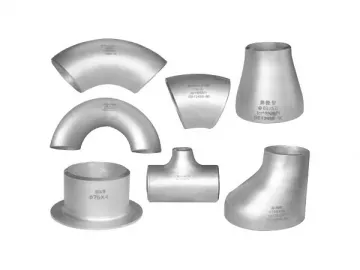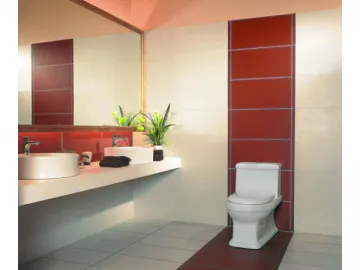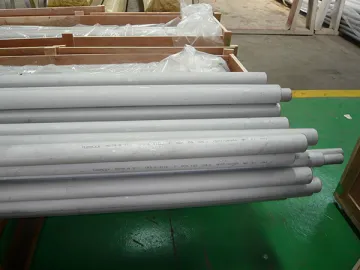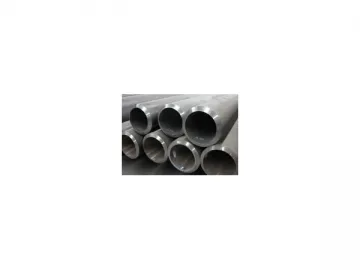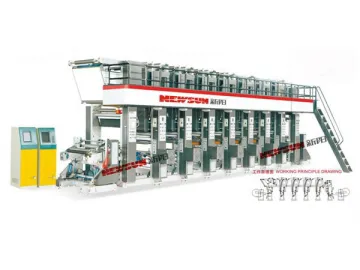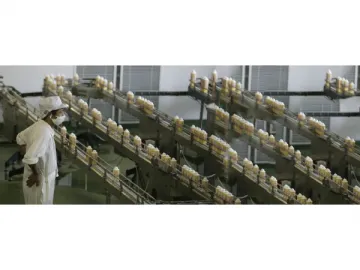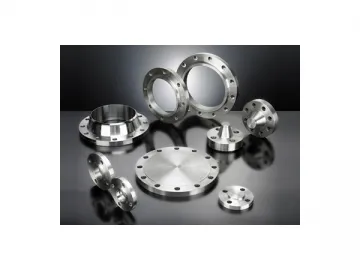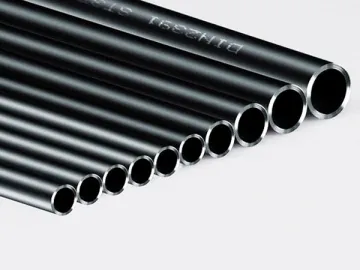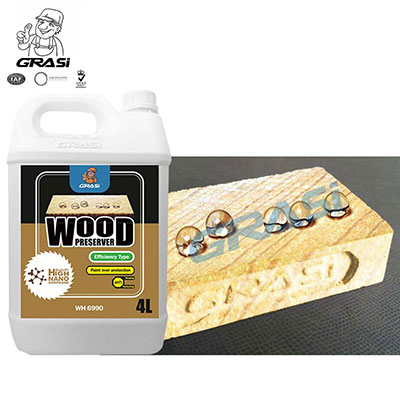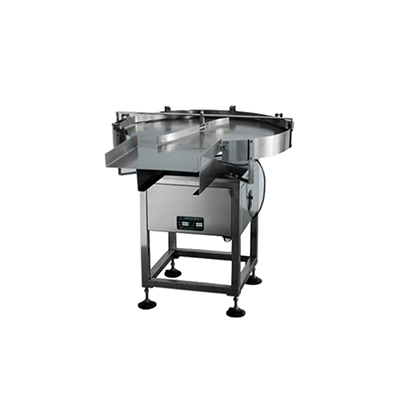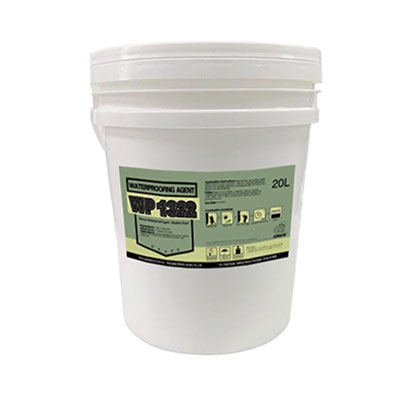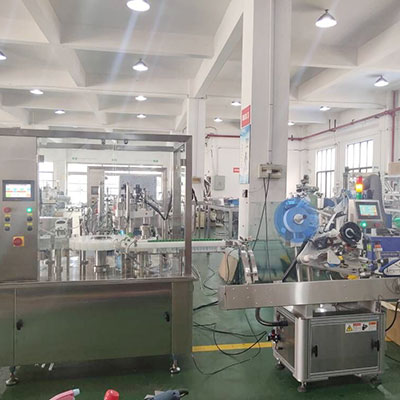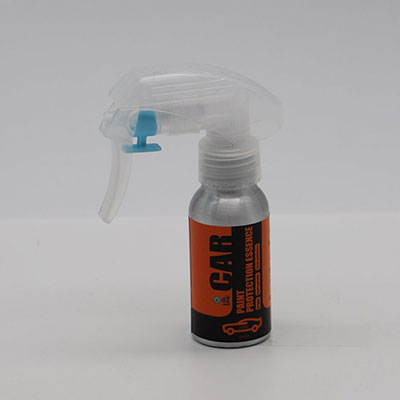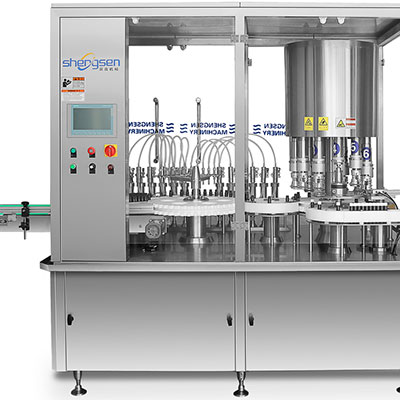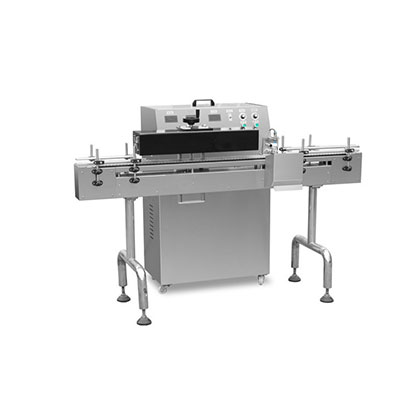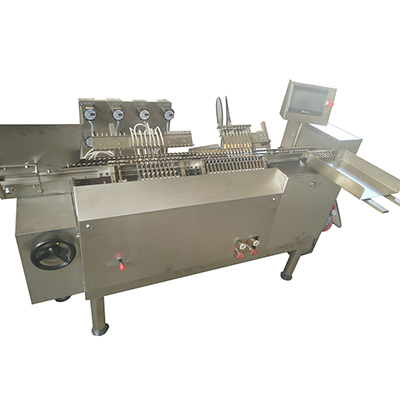Paving Guide
Selection of Tile Specification
The paving area determines the specification of the porcelain tile. The 30cm×30cm tiles are generally suitable for the paving area of10m2; the 50cm×50cm tiles are for the paving area of 10m2-20m2; and the 60cm×60cm tiles are for the paving area of more than 20m2. Overall, the larger paving area requires larger specification of tiles. The larger tiles not only can reduce the tile joint, but also look elegant and lavish.
Calculation on the Amount of Tiles
It is essential to accurately calculate the amount of tiles for use, which can effectively reduce the cost of home decoration. There are basically two ways of calculation:
In accordance with the pieces of tiles for use:
The required pieces of tile = paving area ÷ area of each tile × [1 3% (loss)]
In accordance with the area of tiles:
The area of tiles (m2) = paving area (m2) 5% (scraps) 5% (loss)
Calculation on the Amount of Auxiliary Material
The auxiliary materials include Portland cement, white cement, sand, 107 glue, etc.
Paving tiles on the wall:
Each square meter of the paving area requires 11kg Portland cement, 33kg sand and 2kg lime putty.
Paving tiles on the floor:
Each square meter of the paving area requires 12.5kg Portland cement, 34kg sand and 0.5kg white cement.
Notice
1. After receiving, please check the tiles' model, grade, size and color on the pack. If the quality of our porcelain tiles and mosaic tiles goes wrong, please contact the manufacturer or distributor as early as possible.
2. Before paving, please ensure the surface to be paved is flat and smooth. If paving dryly, the foundation layer should have a certain level of hardness. The tile joint should be between 2mm-3mm.
3. The No.325 cement is suggested. If paving dryly, the mixed proportion of cement and sand in the foundation layer is 1:3, and the mixed proportion of cement and sand in the paving layer is 1:2.
4. If the tile pattern is clear, please remember the characteristic of tile pattern and make sure the paving direction is correct; if the tile does not have obvious pattern nor has no pattern, please follow the required paving effect.
5. After paving, please wipe the stain and residual from the tile in time. The newly paved tiles require 4-5 days conservation and should be protected from the external impact to avoid partial unevenness.

Process of Paving Wall Tiles
Cleaning the wall to be paved; brushing the foundation layer; choosing the tile; soaking the tile; placing the tile; snapping the line; pasting the gauge point; paving tiles; filling the tile joint; wiping the tile joint; and cleaning the tile.
Acceptance of the Paving of Wall Tiles
The tiles on the wall must be solid, level, tidy and have coordinate color and full corner angle without slanting or crack. The tile joint should be densely, straightly and evenly filled and have uniform color. The non-integral tile should be paved properly and arranged straightly. The reserved hole on the tile should have correct size and neat edge. The tolerance of the flatness is less than 2mm, and the tolerance of the façade straight is less than 2mm.
Buying and Using Principle of Sealing Agent
1. There are sealing agents containing sand and sealing agent containing no sand. Generally speaking, when paving bright wall tile and vitrified tile, the sealing agent without sand is advisable; when paving the matt tile and rustic tile, the sealing agent containing sand is suggestible.
2. Apart form the special paving effect, the sealing agent should have same color with the tile's color.
3. The tile joint should be filled when the paving is finished after 24 hours. If the tile joint is filled earlier, the tiles are likely to be uneven and loose.
Links:https://www.globefindpro.com/products/59980.html

